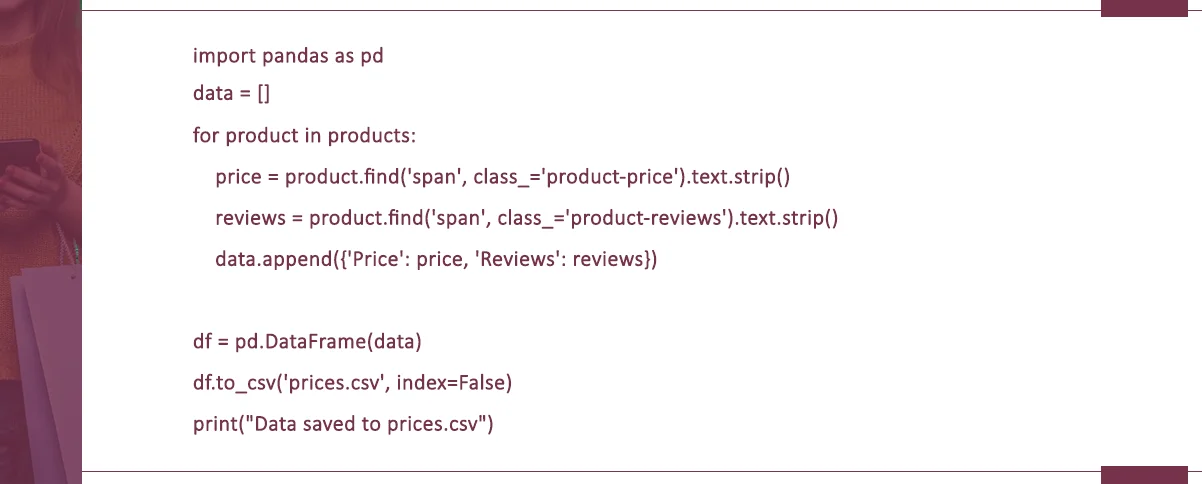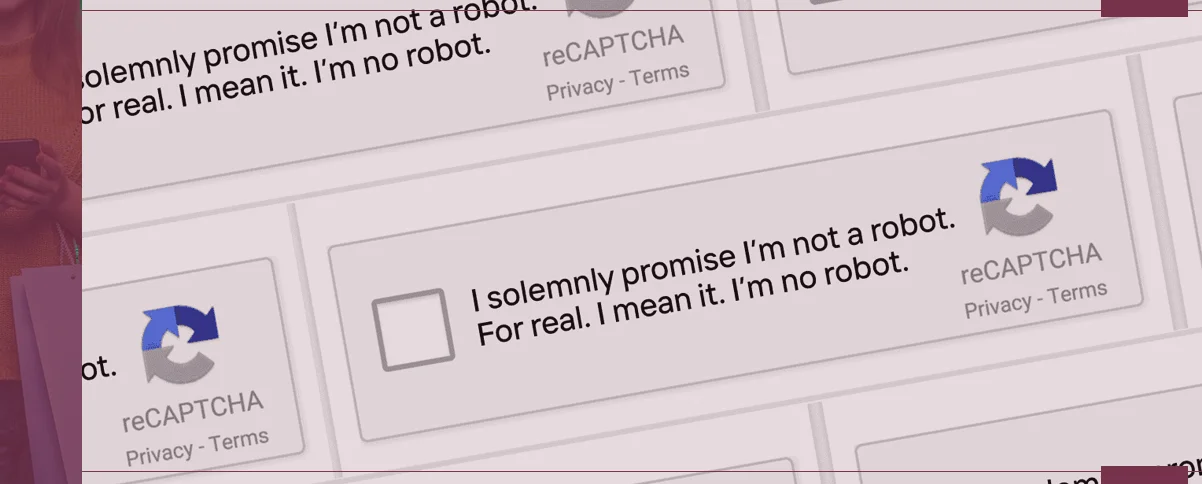
Introduction
In the dynamic world of e-commerce and retail, staying ahead of competitors requires constant monitoring and adjustment of pricing strategies. Competitive price comparison plays a vital role in helping businesses make informed decisions, optimize pricing, and deliver value to customers. By leveraging Python and BeautifulSoup, you can efficiently scrape competitor price data to gain actionable insights.
This blog explores the process of Scraping Python with BeautifulSoup, focusing on its application as a price tracker for E-Commerce Products, a competitor analysis tool, and more. Along the way, we’ll delve into real- world use cases, demonstrate code examples, and provide guidance on using price scraping tools effectively.
Introduction to Competitive Price Scraping

Competitive price scraping involves collecting pricing data from competitors’ websites to analyze and adjust your own pricing strategies. Whether you’re an e-commerce retailer, a market researcher, or a price intelligence analyst, accessing real-time pricing data can be a game- changer.
By using Python and BeautifulSoup, businesses can create automated scrapers to monitor competitor prices, extract competitive price by customer reviews, and conduct detailed competitor price comparisons.
Why Scrape Competitor Price Data?

Monitor Competitor Prices: Stay updated on competitor pricing strategies to maintain competitiveness.
Dynamic Pricing: Adjust prices based on real-time market trends.
Improve Profit Margins: Identify opportunities for cost optimization and strategic discounts.
Competitor Intelligence: Use competitor price data collection for deep insights into market dynamics.
Tools for Price Scraping

To begin scraping competitive pricing data, you’ll need the following tools:
Python: A versatile programming language for web scraping.
BeautifulSoup: A Python library for parsing HTML and extracting data.
Requests: A Python library to make HTTP requests and fetch webpage content.
Price Scraping Tools: Additional libraries like pandas for data storage and matplotlib for visualization.
Proxy and Captcha Services: To avoid IP blocking and ensure seamless scraping.
Step-by-Step Guide to Scrape Competitor Price Data
Let’s break down the process of scraping competitive price data using Python and BeautifulSoup.
Step 1: Set Up Your Environment
Install the required Python libraries using pip:

Step 2: Identify the Target Website
Choose an E-commerce Products website to scrape pricing data. Ensure compliance with the site’s terms of service to avoid legal issues.
For this example, let’s scrape a hypothetical e-commerce site that displays product pricing and customer reviews.
Step 3: Fetch the Webpage

Use the requests library to fetch the webpage:
Step 4: Parse the HTML Content

Use BeautifulSoup to parse the fetched HTML:
Step 5: Extract Pricing Data

Locate the HTML tags that contain the pricing information and extract them:
Step 6: Scrape Customer Reviews By Price

Enhance your analysis by extracting customer reviews alongside prices:
Step 7: Store Data for Analysis
Save the extracted data using pandas:

Advanced Features: Automating and Enhancing Price Scraping
Use Proxies for IP Rotation

To avoid being blocked by websites, use proxy services:
Implement a Price Tracker for E-Commerce Products
Set up a price tracker to monitor prices over time:
Use a Price Data Web Scraping API
For advanced needs, integrate a Price Data Web Scraping API to fetch data without managing scrapers.
Real-World Use Cases of Price Scraping

1. Competitor Intelligence
An e-commerce company used price scraping tools to conduct competitor price intelligence, helping them identify competitors’ discount strategies during peak seasons. This led to a 20% increase in sales by aligning their pricing accordingly.
2. Dynamic Pricing
A SaaS provider implemented a price scraper to track competitor software pricing. Using this data, they dynamically adjusted their subscription fees, maintaining a competitive edge while optimizing profits.
3. Customer Reviews By Price
A retail business extracted customer reviews by price to analyze consumer satisfaction for products within specific price ranges. This data was used to enhance product offerings and refine marketing campaigns.
Key Challenges in Price Scraping

Captcha and Bot Detection: Use tools like Selenium or anti-captcha services to bypass these hurdles.
Legal Compliance: Always review and respect the target website’s terms of service.
Dynamic Content: For websites using JavaScript, tools like Selenium or Puppeteer may be required.
Conclusion
Price scraping is an invaluable tool for businesses looking to stay ahead in competitive markets. Whether it’s for competitor price comparison, monitoring discounts, or gaining insights into customer reviews by price, Python and BeautifulSoup offer cost-effective and scalable solutions.
At Datazivot, we provide expert services for Competitor Price Data Collection, enabling businesses to automate pricing intelligence and stay ahead of the competition. With our cutting-edge price scraping tools and expertise in Price Data Web Scraping API integration, we ensure accurate and reliable data extraction tailored to your needs.
Contact Datazivot today to revolutionize your pricing strategy and achieve a competitive advantage with data-driven insights!
